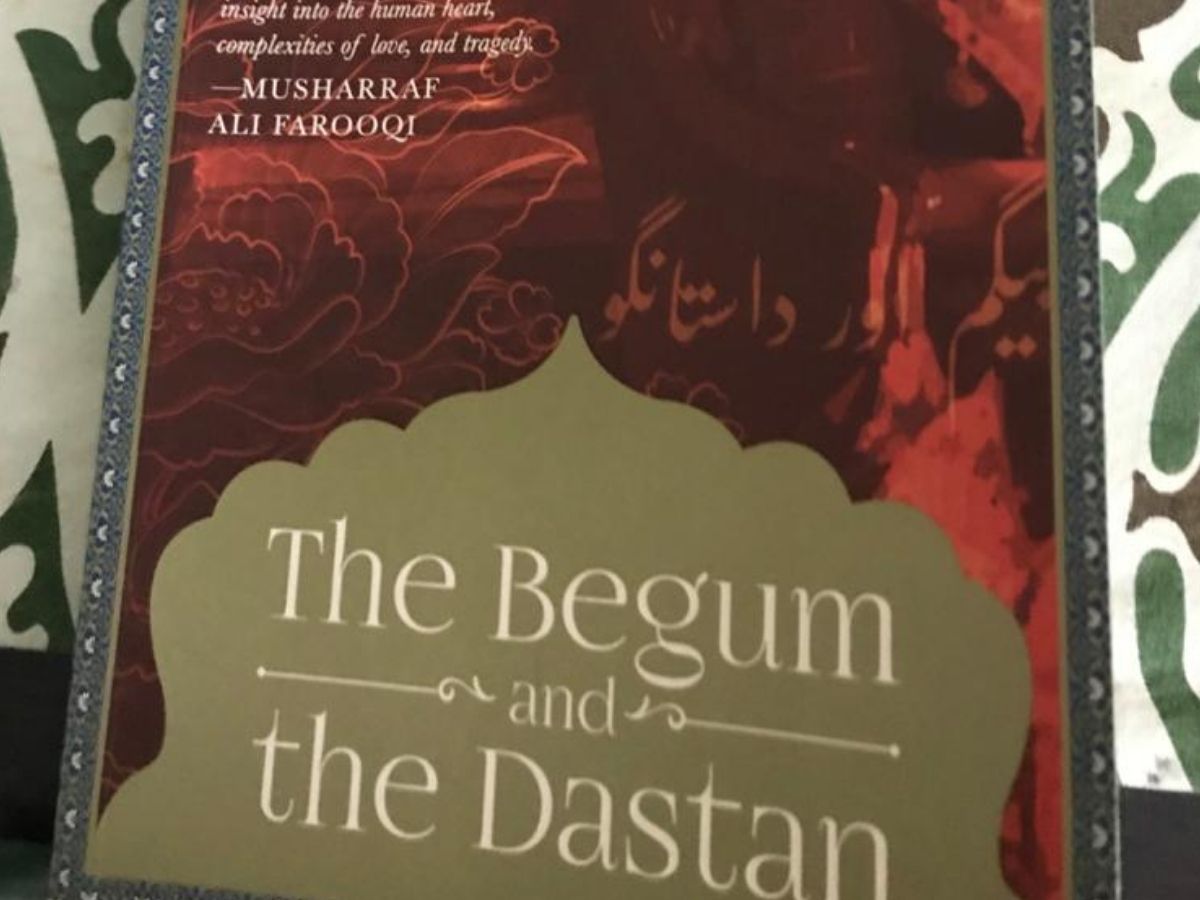Historical Fiction: The Begum and the Dastan
MyRead
The Begum and the Dastan
By Tarana Husain Khan
A cultural historian Tarana Husain Khan who spends her time between the erstwhile princely state of Rampur and Nainital, writes a wondrous tale, interspersing fact and fiction, to bring alive the poignant tale of the beauteous Feroza Begum, a noblewoman of the state of Sherpur – loosely based on Rampur in the early years of the 20th century. Tarana Husain’s painstaking research and eye for detail create a startlingly life-like scenario of those bygone times of Nawabi culture and the aristocracy which Feroza was a part of.
The Story of Begum Feroza
The tale opens when the wilful Feroza, married and pregnant, is kidnapped by the Nawab and is forced to join his harem. Thereafter, the narrative follows the dramatic and often deeply painful twists and turns of her life. Feroza tries her best to put her sharp mind and irrepressible zest for life to navigate the intrigues and sordidness of the harem, and the mercurial and unpredictable temperament of Nawab Shams Ali Khan who, through it all, balances his equation with the British to eke out a long reign.
An echo of what Feroza and the begums in the Nawab’s harem have to go through is found in the tale of the dastango or story-teller Kallan Mirza, who recites the tale of a despotic sorcerer, Tareek Jaan, and his imaginary city, the Tilism-e-Azam, where women are confined in underground basements. Feroza’s story becomes a reflection of what the opium-addict Kallan spins to his avid listeners in the bazaar of Sherpur.
Then & Now: From Feroza to Ameera
Tarana Husain juxtaposes the tale of Feroza with that of her great-granddaughter Ameera, a direct descendant of the Nawab, who is growing up in present-day Sherpur, and fighting her own battles. Her Dadi, the granddaughter of Feroza’s child from the Nawab, Nanhi Begum, regales her with tales of Feroza and her tumultuous life as just one of the women in the life of the Nawab.
Ameera’s life, in a way, too is ruled by the same patriarchal ways that did Feroza’s. Nothing it seems has changed at the core, between Sherpur of the early 20th century and Ameera’s Sherpur of 2016 where her brother Jugnu is the apple of her mother’s eye despite being a wastrel. With her Dadi, Ameera visits the ruins of Benazir Palace from where Feroza Begum was kidnapped, setting off a series of events that brings Ameera where she is in current day Sherpur. It is a visit that gives Ameera a wistful glimpse of the past… Will things ever change for the women of Sherpur?
The Begum and the Dastan are best enjoyed as a slice of life then and now. Inspired by real-life characters and events, the life and times of Feroza Begum remain in the mind long after you have shut the book.

